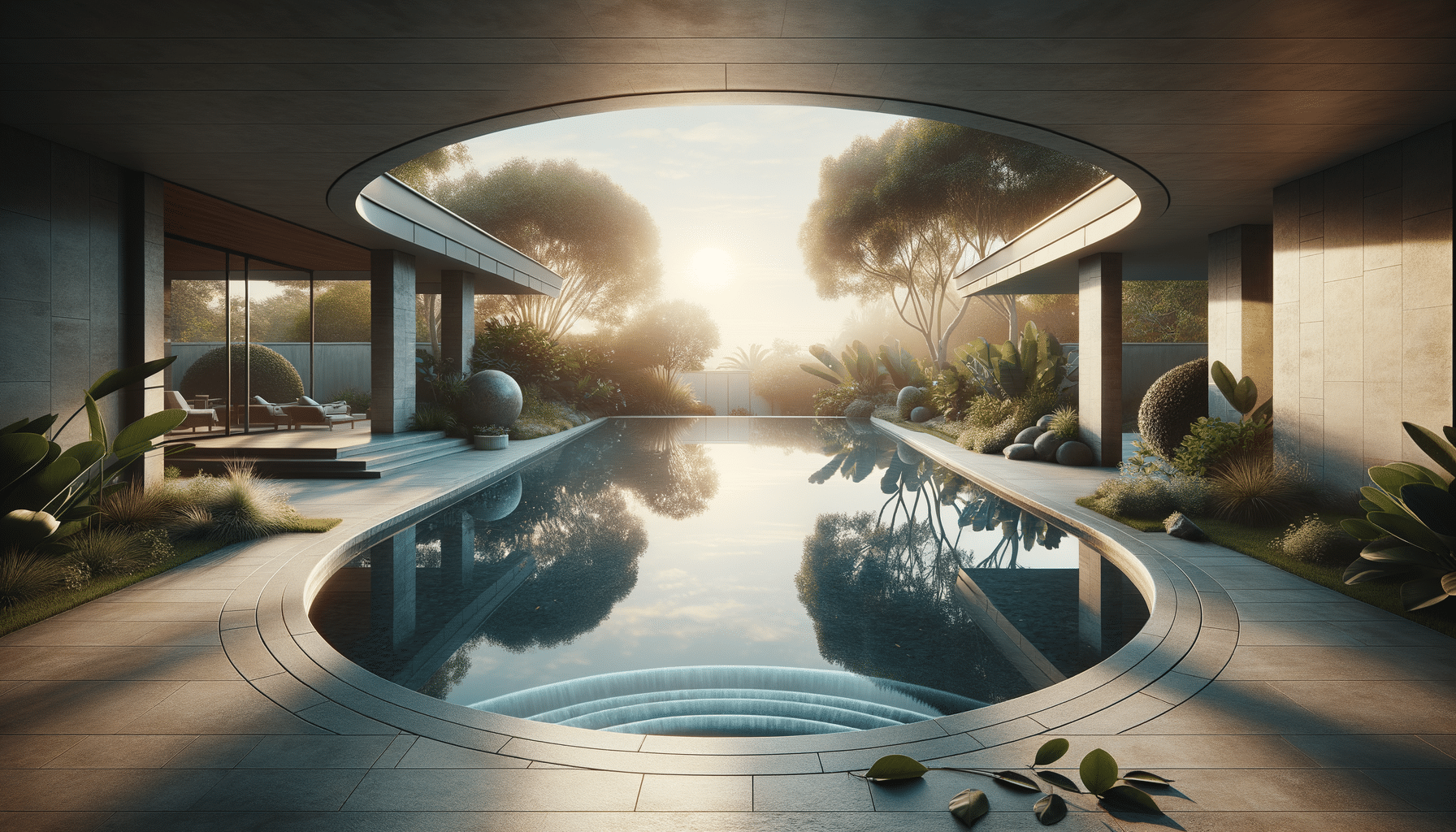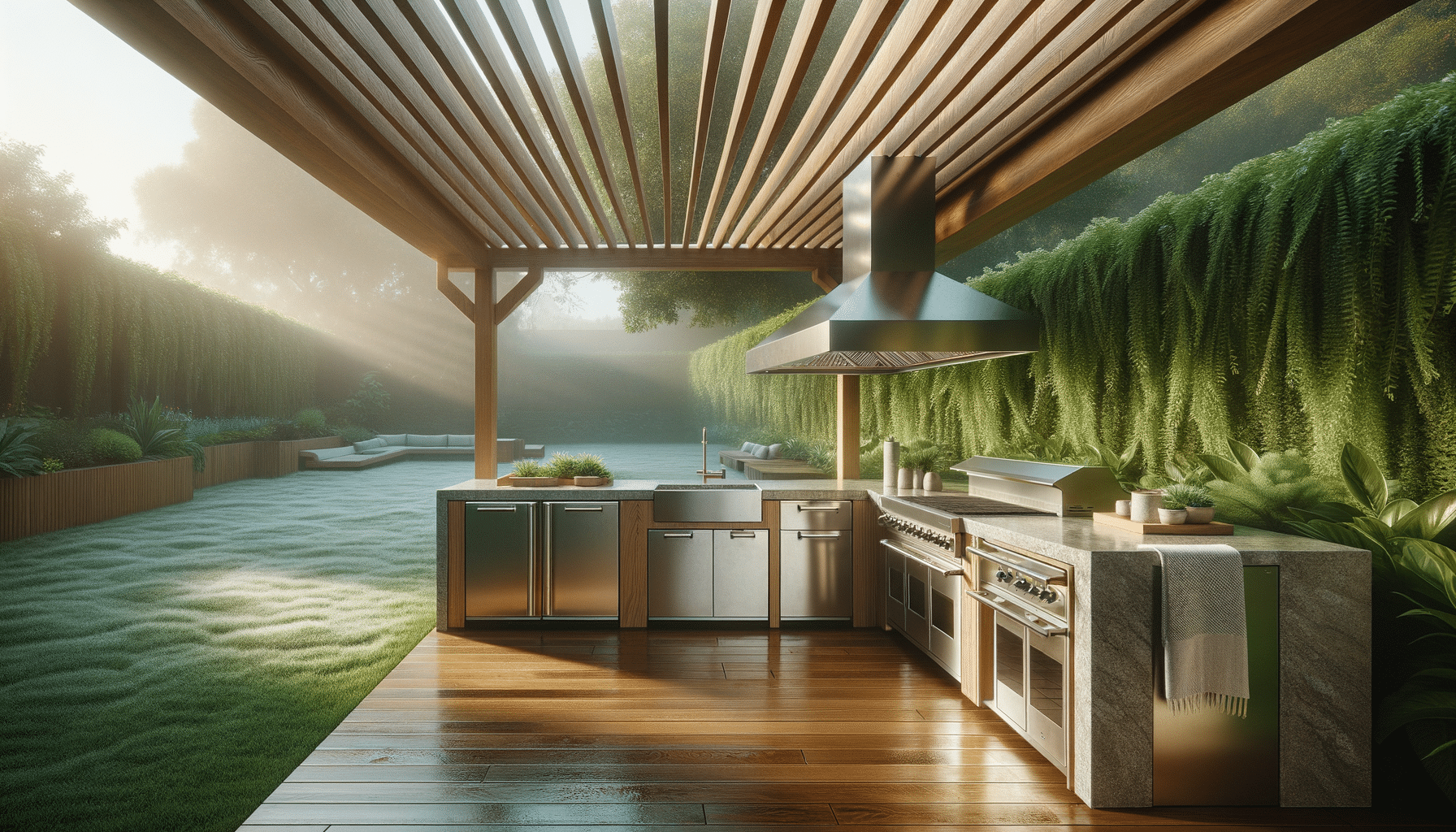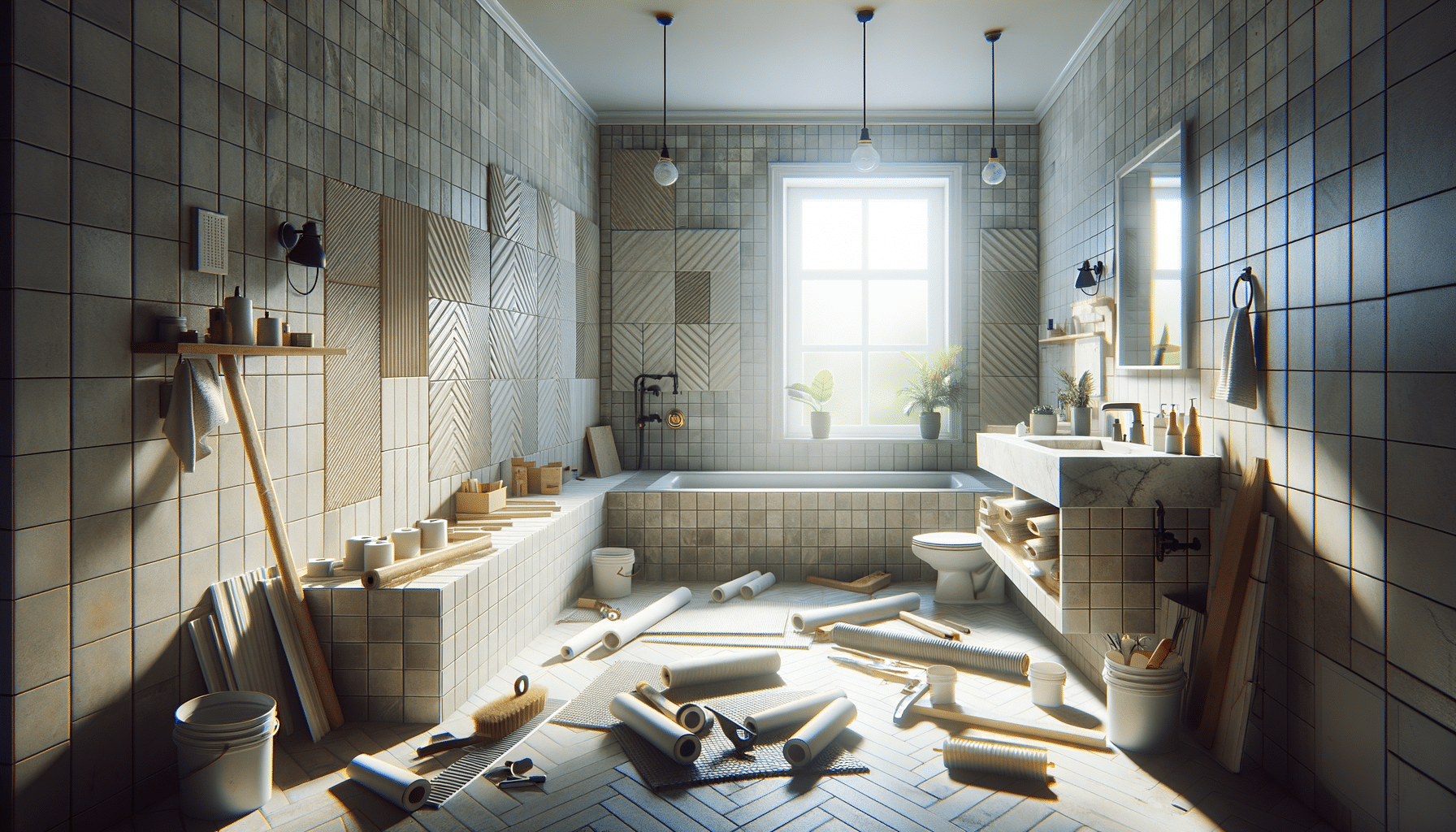
Outdoor Pools for Homes: A Guide to Planning, Material Selection, and Maintenance
Introduction to Outdoor Pool Planning
Creating an outdoor pool is an exciting endeavor that offers endless opportunities for relaxation and entertainment. However, embarking on this journey requires careful planning to ensure the pool not only meets your aesthetic desires but also fits within your budget and spatial constraints. The planning phase is crucial as it lays the foundation for the pool’s design, location, and functionality. Considerations include understanding zoning laws, determining the pool’s purpose, and assessing the landscape. Each of these elements plays a pivotal role in shaping a pool that complements your home and lifestyle.
Firstly, zoning laws and regulations must be addressed. Local laws can dictate the size, placement, and even the type of pool you can install. Ignoring these can lead to legal complications, so consulting with a professional or your local council is advisable. Once the legalities are sorted, focus on the pool’s purpose. Are you looking for a space for family fun, exercise, or a serene retreat? This will influence the pool’s shape, size, and features.
The landscape is another critical factor. The pool should harmonize with the natural surroundings and existing structures. Consider the sun’s path, wind direction, and natural shading options. By strategically planning these elements, you can create a pool area that is both aesthetically pleasing and functional.
Choosing the Right Materials
The selection of materials is a defining step in the construction of an outdoor pool. It affects not only the visual appeal but also the maintenance and longevity of the pool. Material choices include concrete, fiberglass, and vinyl, each offering distinct advantages and disadvantages. Understanding these can help you make an informed decision that aligns with your budget and aesthetic preferences.
Concrete is renowned for its durability and versatility. It can be molded into any shape and finished with various textures and colors, providing a customized look. However, its porous nature means it requires regular maintenance to prevent algae growth and surface wear.
Fiberglass pools, on the other hand, are pre-molded and installed as a single unit. They are known for their smooth surfaces and low maintenance requirements. While they offer fewer customization options compared to concrete, their ease of installation and durability make them a popular choice for many homeowners.
Vinyl pools are another option, particularly for those on a tighter budget. These pools feature a vinyl liner that can be replaced, allowing for design changes over time. However, the liners can be prone to tears and may need more frequent replacement compared to other materials.
Essential Maintenance Practices
Once your pool is installed, maintaining it is key to ensuring longevity and safety. Regular maintenance not only keeps the pool clean and safe but also preserves the investment you’ve made. There are several maintenance practices that pool owners should incorporate into their routine to keep their pool in optimal condition.
One of the most critical maintenance tasks is balancing the pool’s chemical levels. Keeping the water chemistry balanced prevents algae growth and ensures the water is safe for swimming. Regular testing of pH levels, alkalinity, and chlorine levels is essential. Adjustments can be made using pool chemicals available at most home improvement stores.
Physical cleaning is another important aspect. This includes skimming debris from the surface, brushing the pool walls to prevent algae buildup, and vacuuming the pool floor to remove dirt and debris. Investing in a good quality pool cover can reduce the frequency of cleaning by preventing debris from entering the pool.
Finally, regular inspection of the pool’s equipment, such as pumps and filters, is necessary. Ensuring they are in good working order helps maintain water circulation and filtration, which are crucial for keeping the pool clean.
Innovative Pool Designs and Features
Incorporating innovative designs and features can elevate the functionality and aesthetic appeal of your outdoor pool. Modern pools are not just about swimming; they are about creating an outdoor oasis that enhances your lifestyle. From infinity edges to integrated lighting, the options are vast and can be tailored to suit your personal taste.
Infinity pools, for instance, create a visual effect of water extending to the horizon, offering a luxurious and modern look. They are particularly stunning when positioned with a view of a natural landscape or city skyline.
For those who enjoy night swimming or entertaining guests, integrated lighting can transform the pool area into a mesmerizing spectacle. LED lights, available in various colors, can be installed within the pool or around the deck to create an inviting atmosphere.
Water features such as fountains, waterfalls, and jets add a dynamic element to the pool environment, enhancing both the visual and auditory experience. These features can be designed to fit seamlessly into the pool’s overall design, adding an element of tranquility and sophistication.
Conclusion: Creating Your Perfect Pool Paradise
Building an outdoor pool is a significant investment that requires careful consideration of planning, materials, and maintenance. By taking the time to understand each aspect, you can create a pool that not only meets your needs but also adds value to your home. Whether you opt for a sleek, modern design or a classic, natural look, the choices you make will reflect your personal style and enhance your outdoor living space.
Remember, a well-planned and maintained pool can provide years of enjoyment and become a cherished part of your home. It’s more than just a place to swim; it’s a setting for creating memories, entertaining guests, and enjoying the beauty of outdoor living.


